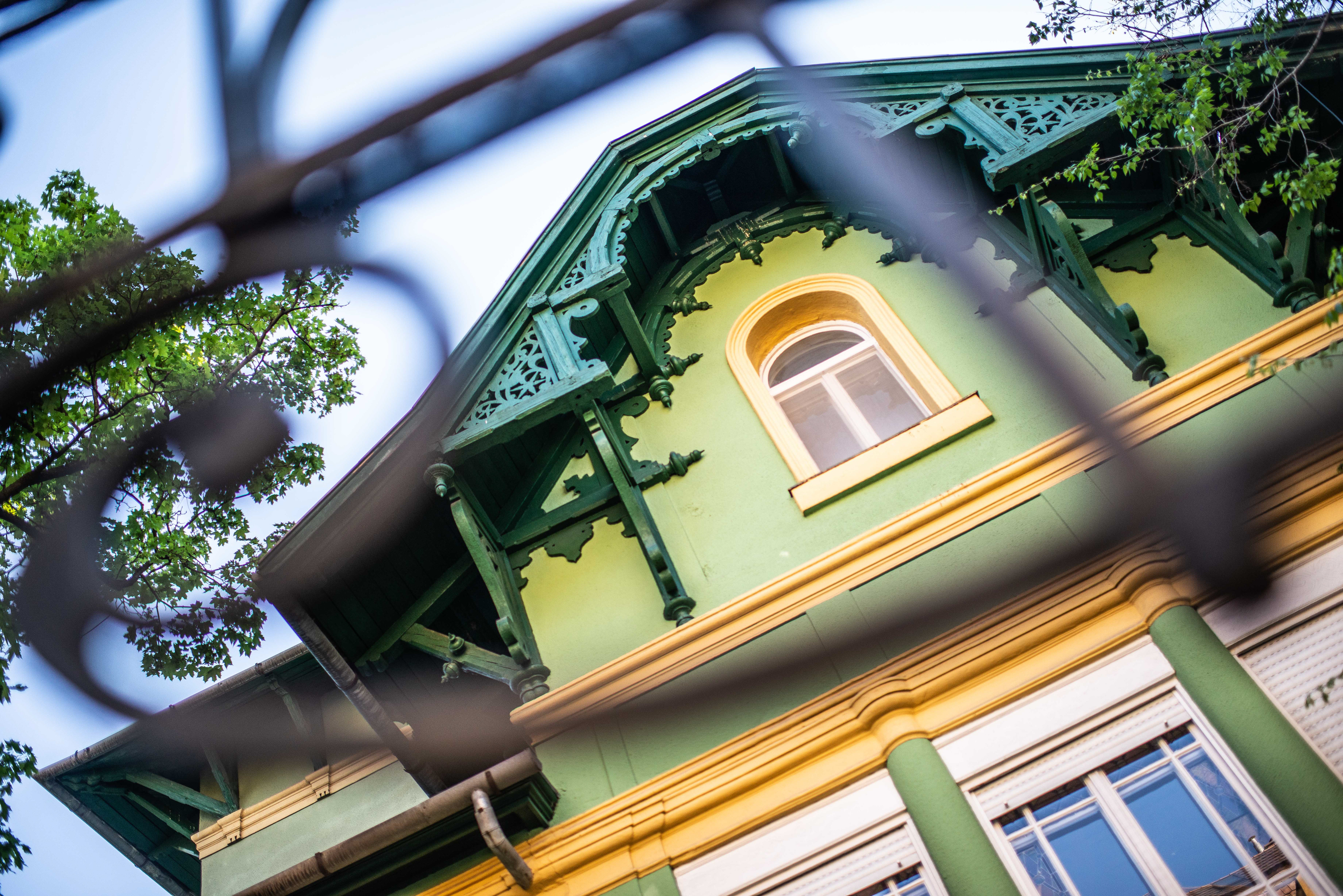Zugló has a thousand faces – one of them is the peaceful, shaded corner of Istvánmező, filled with hidden architectural treasures. Our photographer ventured out to capture some of the most beautiful, eclectic and mainly Art-Nouveau creations along its thoroughfares, built by some of the most eminent architects of the early 1900s: Ödön Lechner, Béla Lajta and Alfréd Hajós.
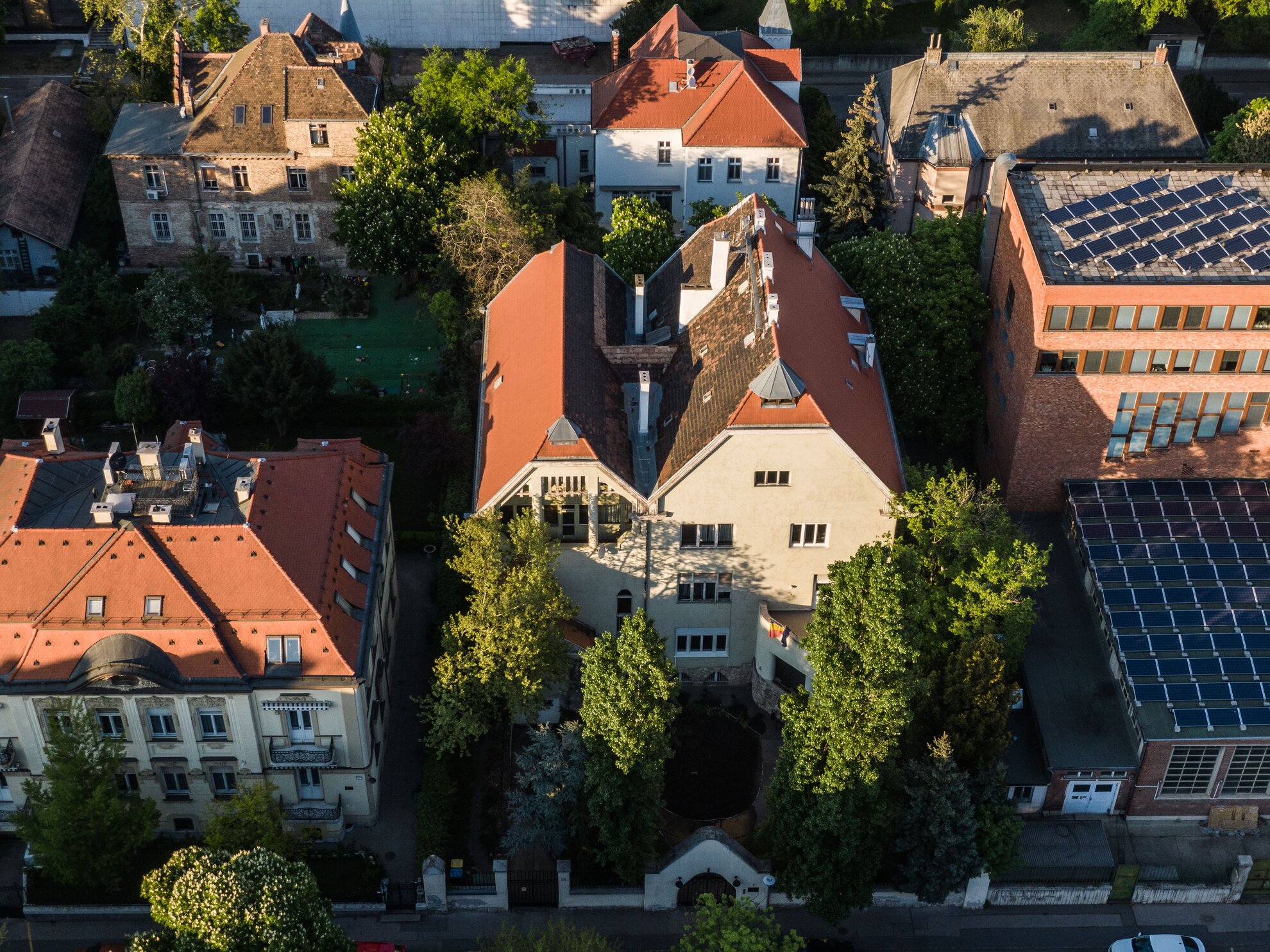
After having uncovered the hidden villas of Gellért Hill, we now look at another gorgeous neighbourhood of ornate architecture. For now, we recommend you enjoy the beauty of these surroundings from these images, before exploring the streets for yourself once pandemic restrictions are lifted.
A little history lesson before we start: Istvánmező is one of Zugló’s eight quarters, gaining its name after Hungary’s last nádor (Palatine), István, whose father, Archduke József, was a famous and revered public official. The quarter’s main attractions are not villas, but the Puskás Aréna, Papp László Sportaréna, Gerevich Aladár National Sport Centre and the Millennium Velodrome, all within its borders. Behind these stands busy Keleti station.
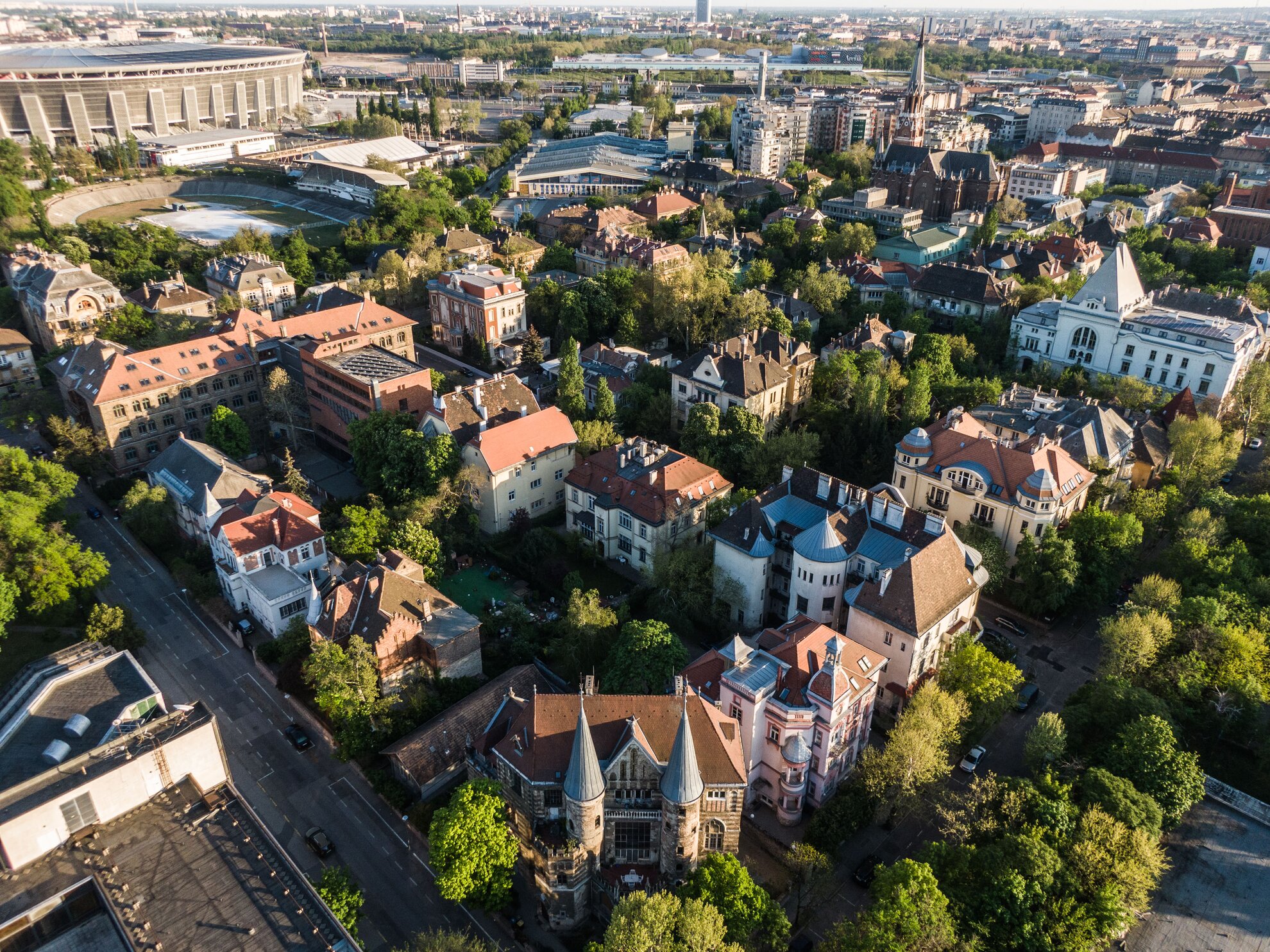
There’s another side to Istvánmező, however, one of with peace and tranquillity, between Városliget and Thököly út. In this, it’s similar to its neighbour, Herminamező, Zugló’s first built-up area from 1842 onwards, hosting prestigious holiday lodgings and surgeries. Istvánmező was supposed to be an extension of the park area and therefore its sites were leased to entrepreneurs. But soon its growth increased prices on a large scale and it became an area of luxury rental.
Viennese Art Nouveau and a loyal lion – Cházár András utca 5
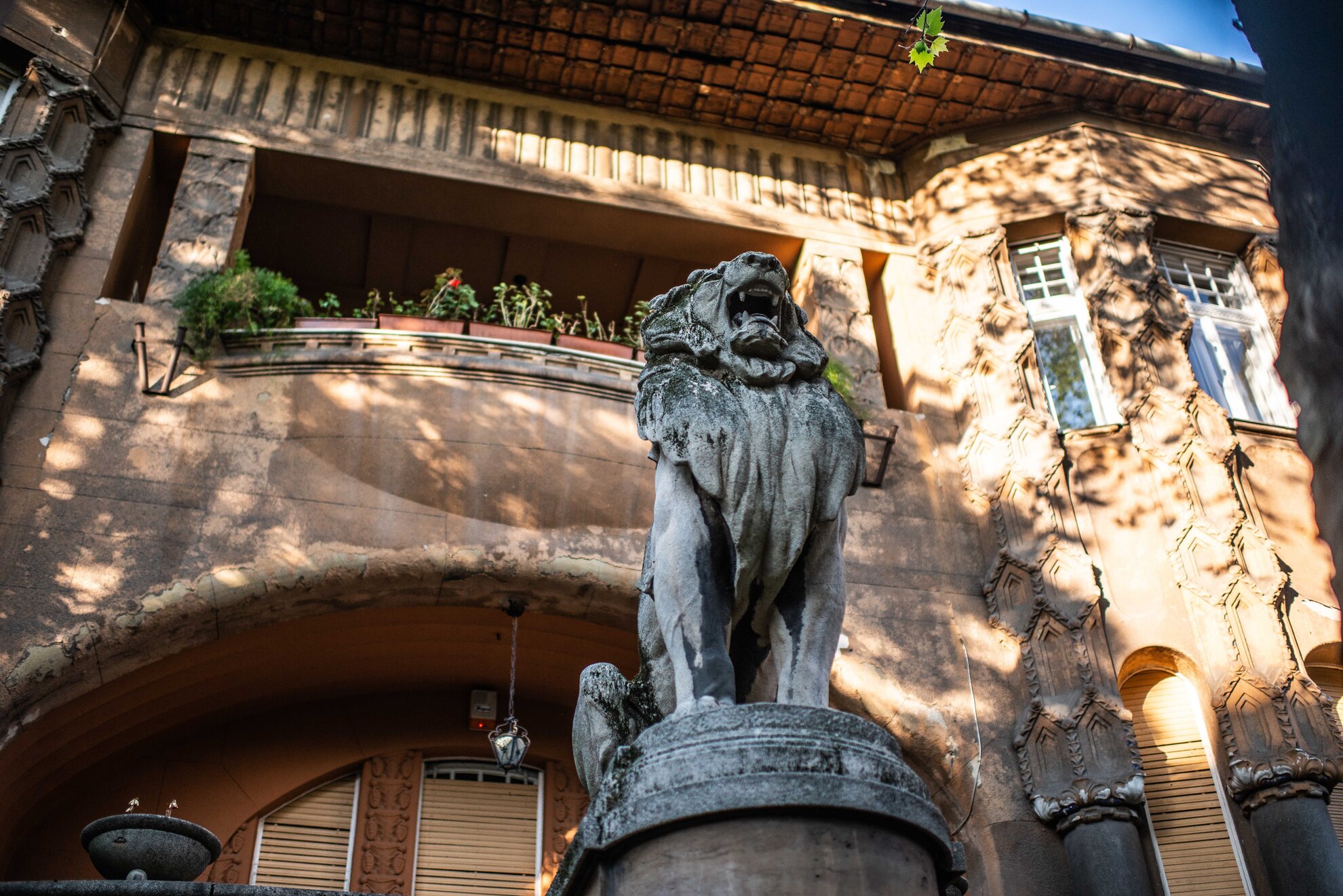
Branching off from busy Thököly út, Cházár utca is often filled with students as the Radnóti Gimnázium secondary school can be found among its houses and greenery. Nearby at number five is a villa designed by Franz Matouschek in 1907 for the sculptor, Manó Rákos.
The signature decorative feature of the building is the vigilant lion sculpture that guards it, but the façade also merits attention. Its geometric shapes evoke the architecture of Vienna, and are rather hard to find elsewhere in Budapest. As revealed in the book by Dániel Kovács, Budapest Art Nouveau, the structure was most likely inspired by the master of Viennese geometric Art Nouveau, Otto Wagner, who not only designed the Rumbach Sebestyén utca Synagogue, but was also the teacher of his compatriot, Franz Matouschek.
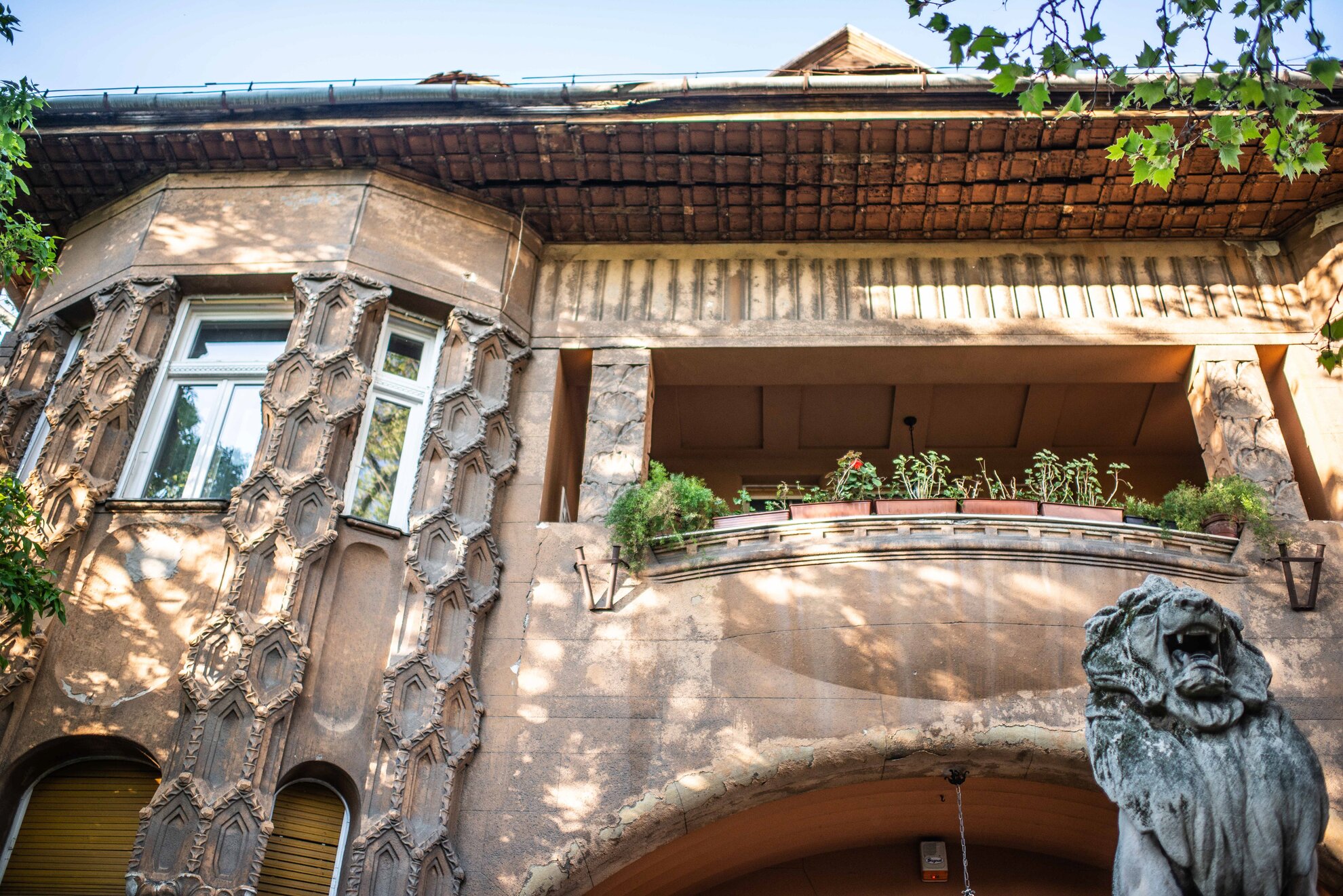
The history of the protective lion is quite complicated. The most predominant theory surrounding its background is supported by a lawsuit that involved the owner of the house, Manó Rákos and another sculptor, Gyula Maugsch, who was the original creature of the sculpture. However, the one that stands in the garden is likely a copy that was made without the approval of Maugsch, whose name was even removed from the creation. He won the lawsuit, and Manó Rákos was forced to pay the fine.
The lost Alpine cottage – Thököly út 66
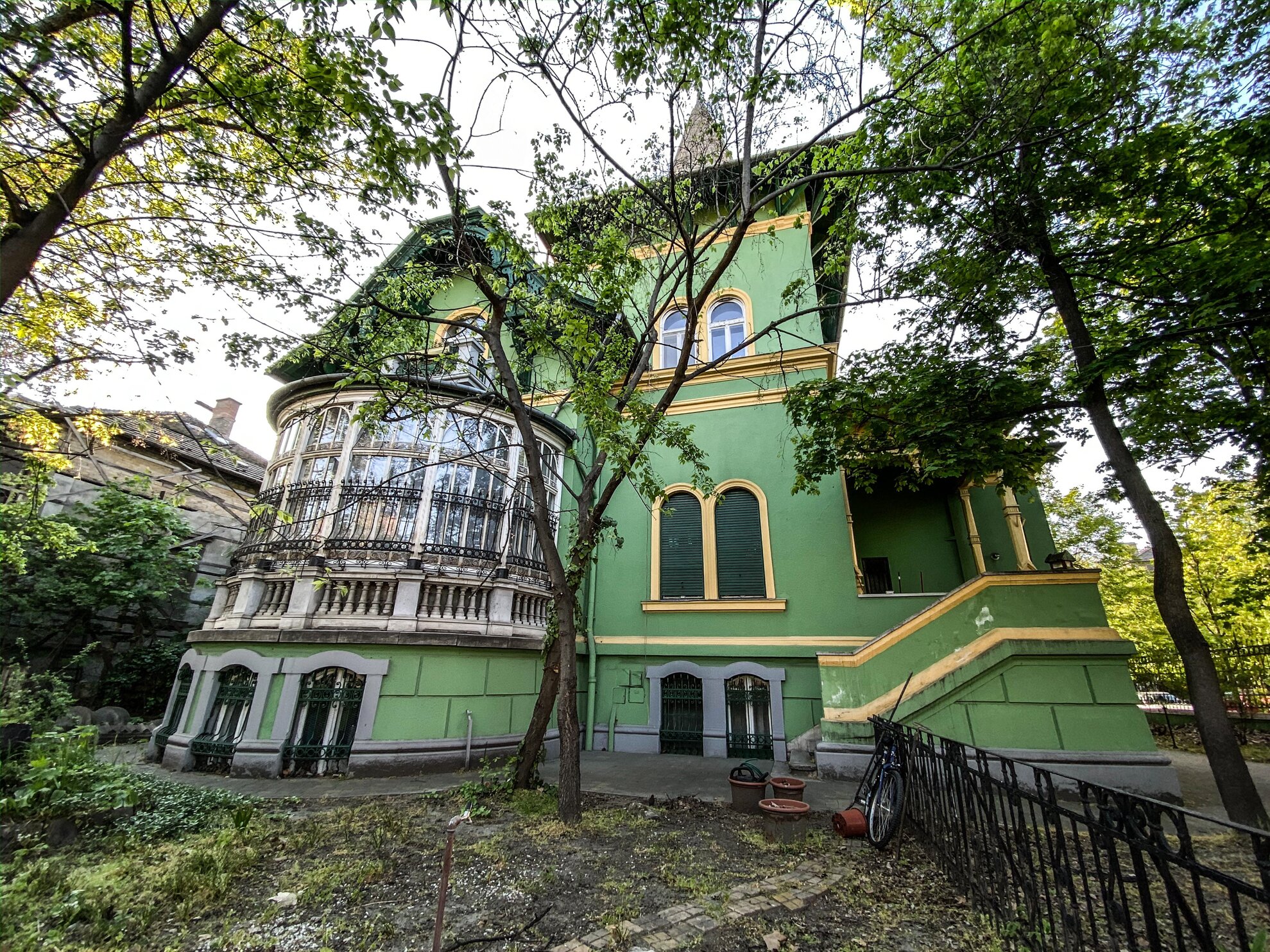
Standing at the corner of Thököly út and Szabó József utca, another beautiful villa delights the eyes. Its green colour and richly carved surface are reminiscent of an Alpine holiday home, of the kind also seen around the Buda hills.
The wooden detail, the glass veranda and the decorative entrance are the building’s most compelling features. As shown by a description at the gate, the villa was designed in 1896 by Venanto Veszelka for entrepreneur György Hlavay.
Where they made the sculptures on Heroes’ Square – Szabó József utca 12
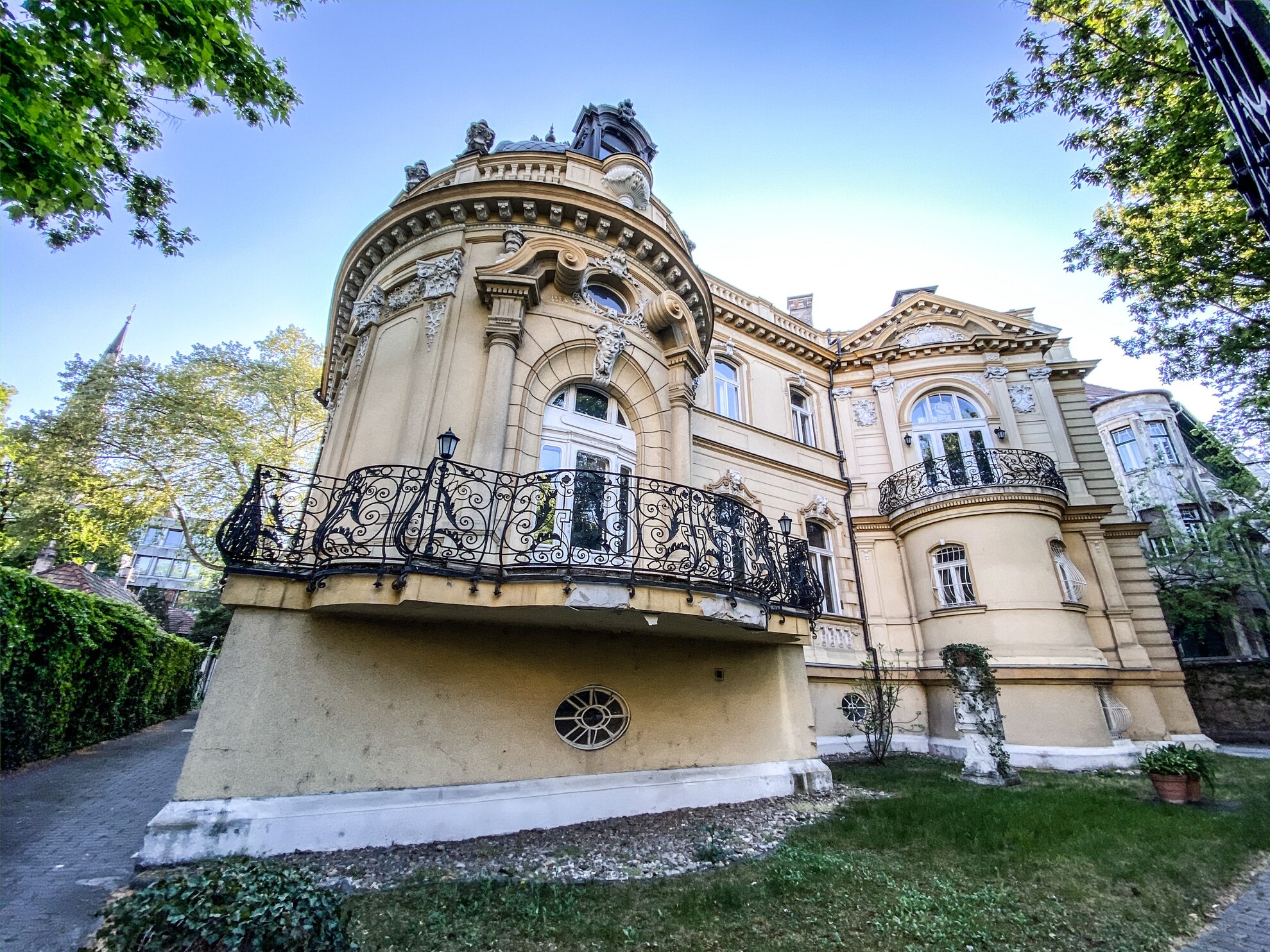
This mansion was originally built for sculptor József Róna, and the foundry that produced the monumental brass sculptures by György Zala on Heroes’ Square also operated here. The elegant villa is similar in style to the beautiful Stefánia Palota near the Dürer Kert music venue. The finishing touches were completed in 1918, when it became the property of government advisor and director of the Telephone Factory, Kornél Neuhold.
Next door to a Stalinist leader – Szabó József utca 23
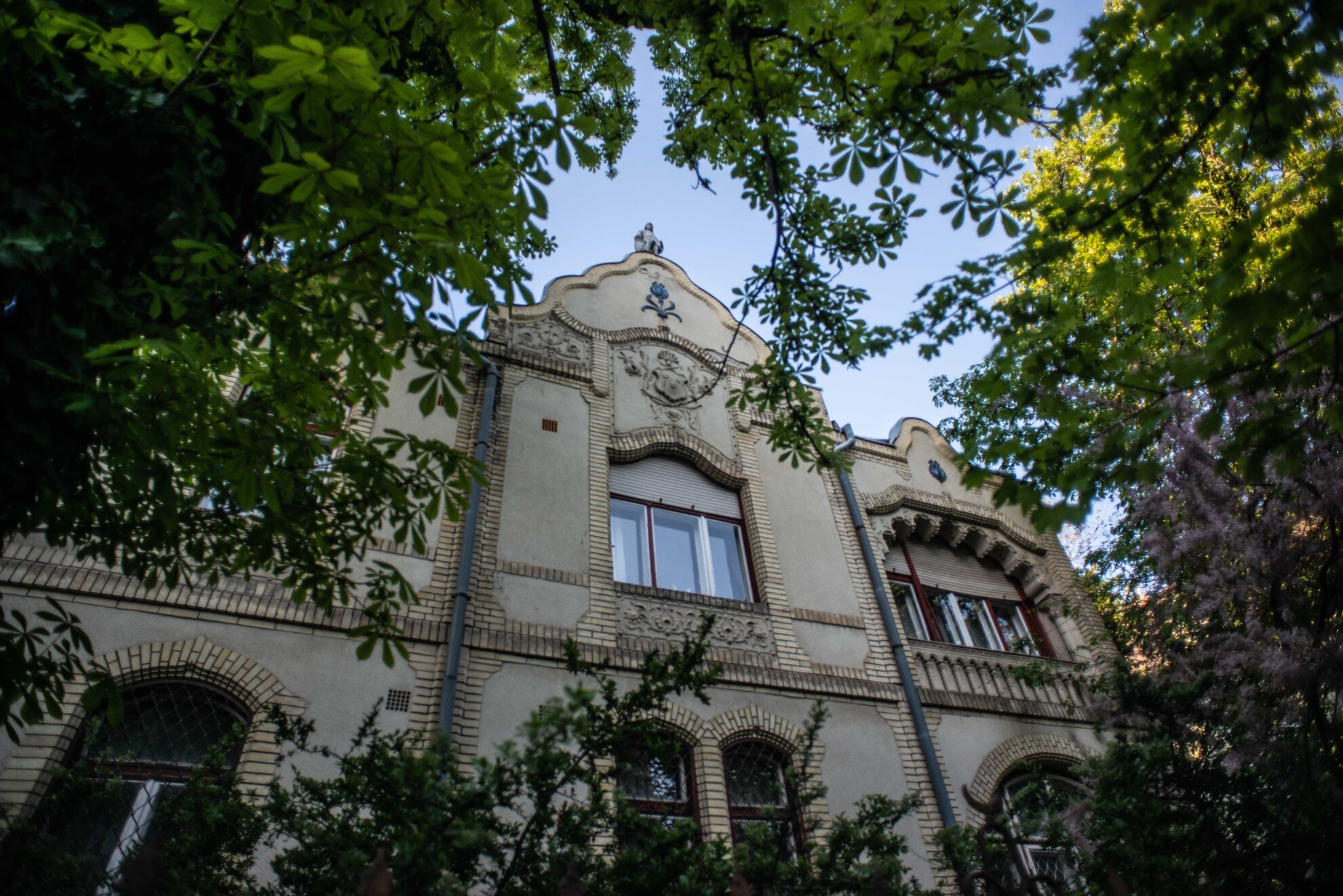
This Art-Nouveau villa at Szabó József utca 23 is one of our favourites. Its architect, Ferenc Fischer, was just 23 years old when he dreamt up this edifice that was largely inspired by the work of Ödön Lechner, who is known for Art-Nouveau style and Zsolnay-tiled ornaments. The first owner was another sculptor, Mór Ungár. An important historical note is the fact that infamous Communist leader Mátyár Rákosi lived just a few steps away from this building, at Szabó József utca 25, between 1945 and 1949.
Designed by an Olympic hero – Abonyi utca 21
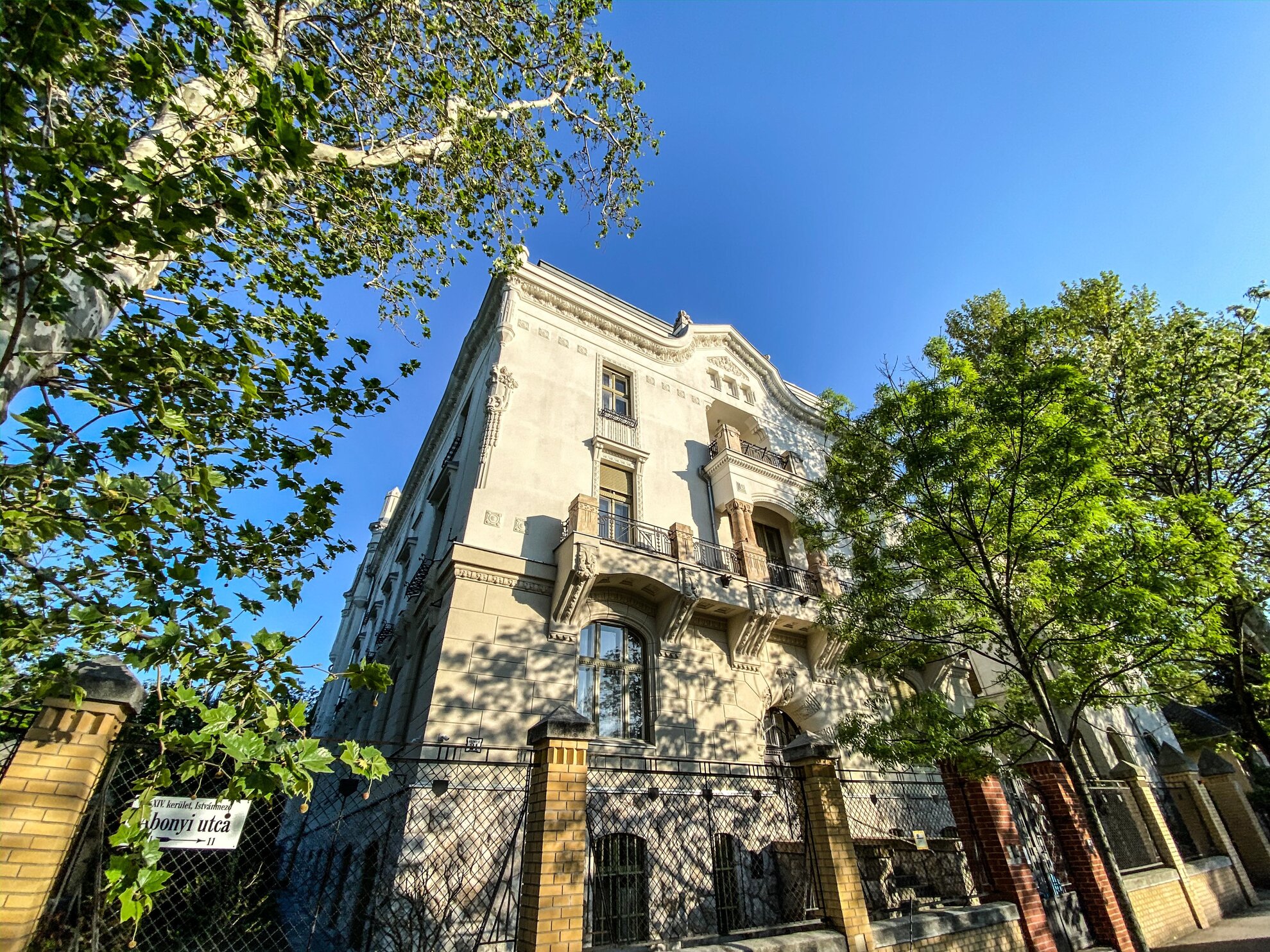
Multi-talented swimmer, footballer, journalist and architect Alfréd Hajós designed this Art-Nouveau masterpiece, together with János Villányi. The building serves as the Headquarters of the Hungarian Reformed Church. As was the custom at the time, the interior design as well as the structure of the building was created by Hajós.
Hajós was nicknamed the ‘Hungarian dolphin’ after winning Olympic gold in swimming at the first Games in 1896, but he excelled in the arts, too. In 1924, he also won Olympic silver for stadium design.
The building at number 25 was completed in 1911 by Emil Bauer and Gyula Guttman, while the neighbouring villa at 27 was built by Lipót Baumhorn’s own design for his family around the same time. Baumhorn was one of the most distinguished Synagogue builders at the time, with more than 20 creations from Rijeka to Brașov and Szeged.
A milestone in Hungarian architecture – Izsó utca 5
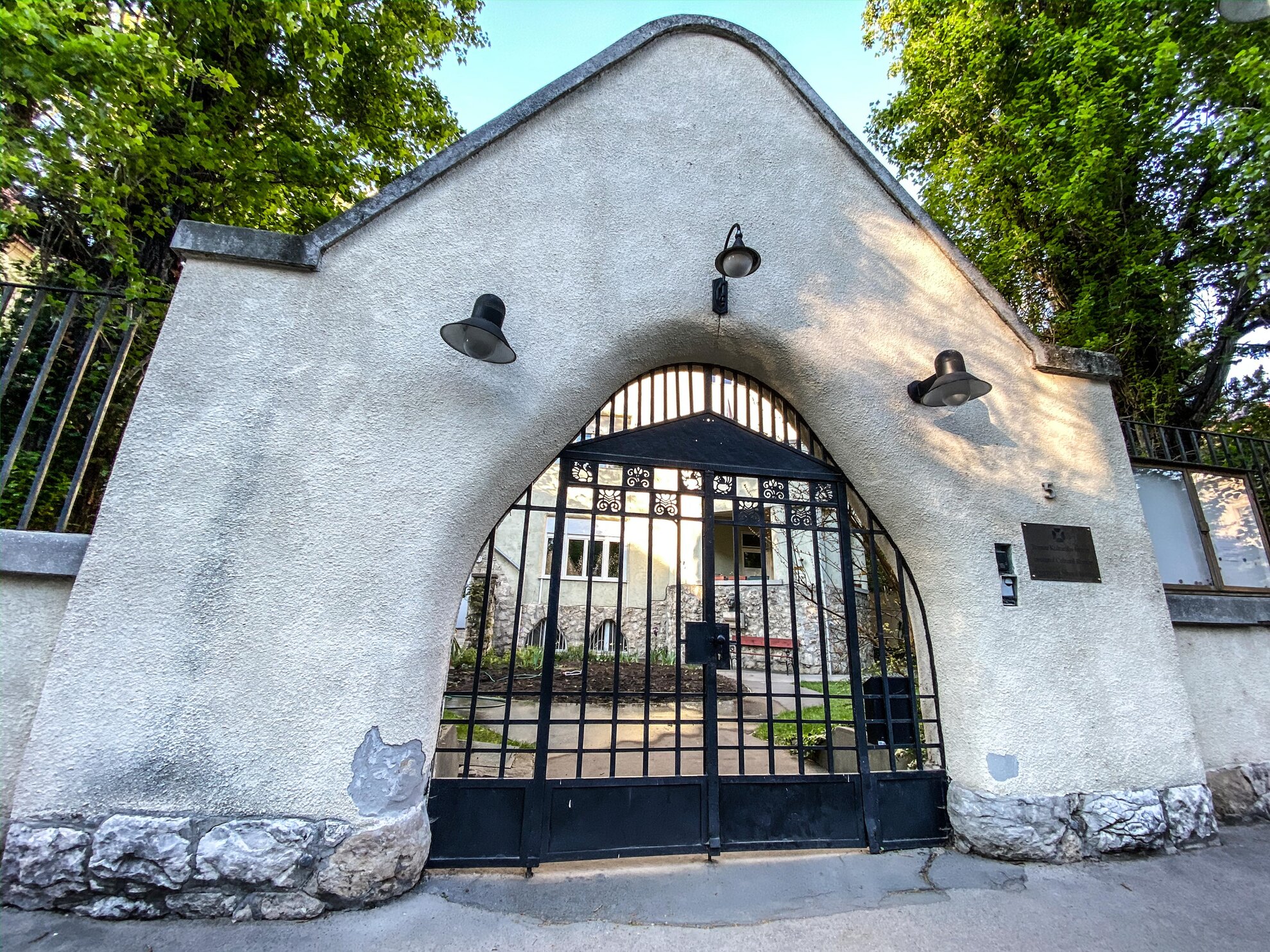
The Malonyai villa, today housing the Romanian Cultural Institute of Budapest, was designed by Béla Lajta and built in 1906. It still has an air of modernity. It was commissioned by writer Dezső Malonyai, who wanted a building that was traditional and showed traits of Hungarian folk motifs, but provided comfortable elegance on the inside. The exterior was inspired by Transylvanian architecture, as illustrated by the tall roof, the carved eaves and the wooden wainscoting.
Two residences were created inside the house, with the ground floor to be rented out, and the upper floors to be used by the owner, although he moved out shortly because of financial issues. The building is important because of the country’s architectural history as well, as this was the first work of Lajta where he deviates from the Hungarian Art-Nouveau style learned from his master, Ödön Lechner, and found his own path.
Built for love – Zichy Géza utca 10
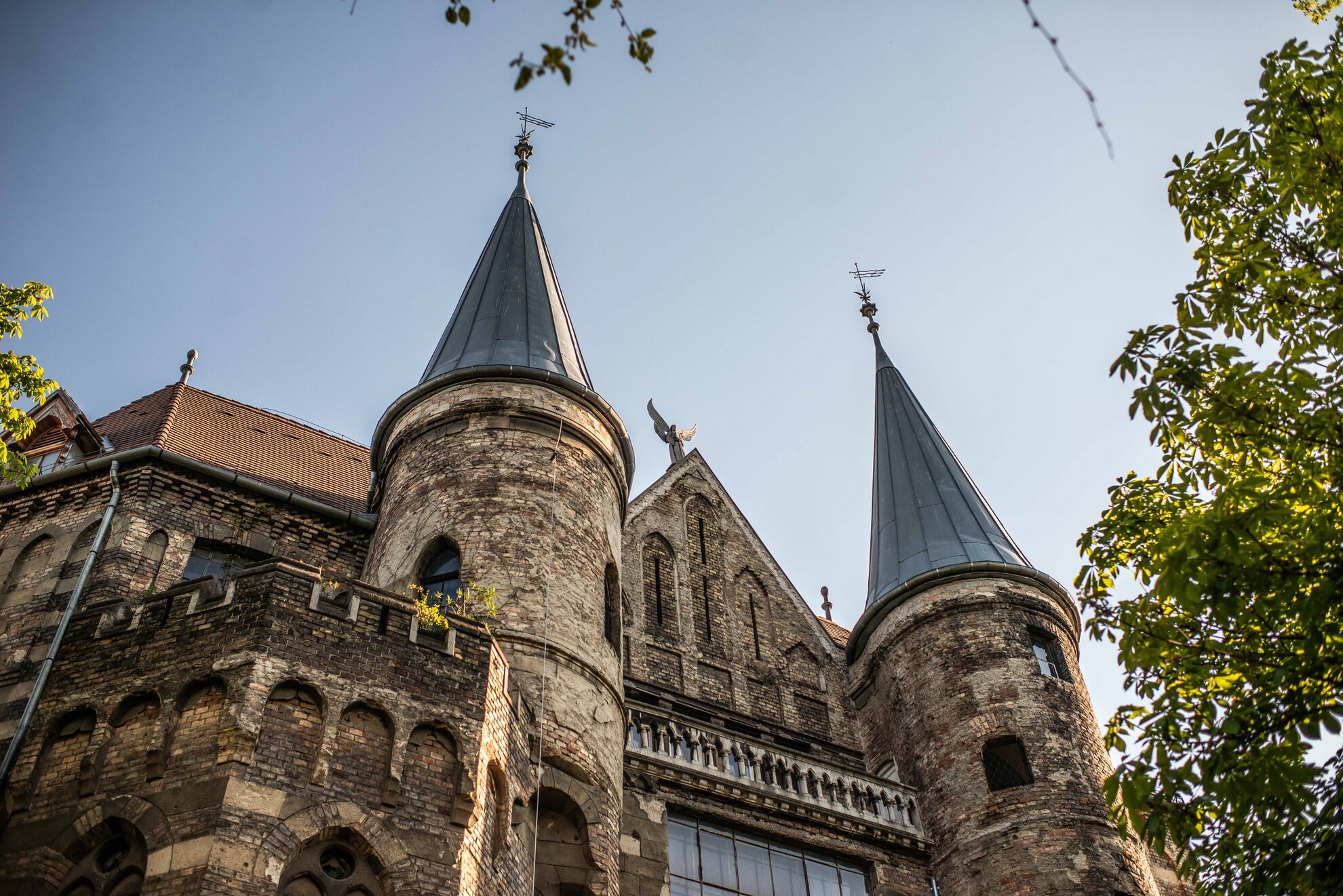
One of the most striking buildings in the area is a little castle found on Zichy Géza utca. It has two towers and was most likely based on the sketches of painter Fülöp László in 1899. The reason why it was built was described by painter’s grandchild in an interview in 2017. Fülöp László was courting the daughter of the wealthy Guinness brewer, but her parents were not all that excited about them marrying. The painter wanted to impress his future mother- and father-in-law and demonstrate his good standing, hoping that this would prompt them to accept him into the family.
His plan worked, and the parents immediately agreed to the marriage once they saw romantic castle he had built in Budapest, its huge windows letting in enough light for him to practise his art indoors.
The whole family on the façade – Jávor utca 11A
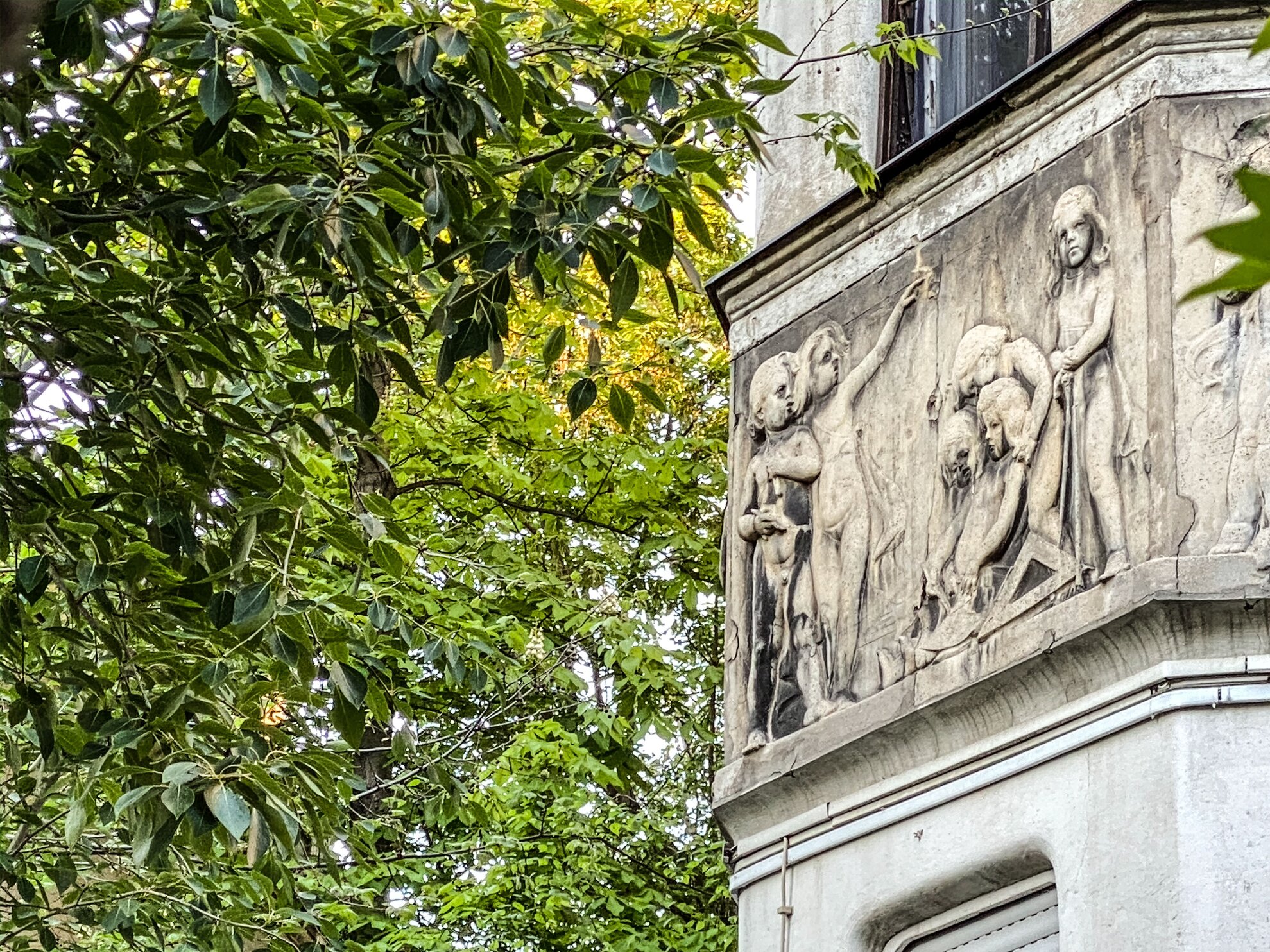
Another popular fin-de-siècle architect designed this villa for himself and his family in 1906. Other creations by Ármin Hegedűs include the Török Bank House building with its glass-covered façade and beautiful Art-Nouveau mosaics on Szervita tér as well as the eye-catching school building on Dob utca. His villa on Jávor utca is decked in charming sculpture reliefs depicting his children as they paint and draw or stand at the gate of the building.
Emblematic Paulheim – Ilka utca 56
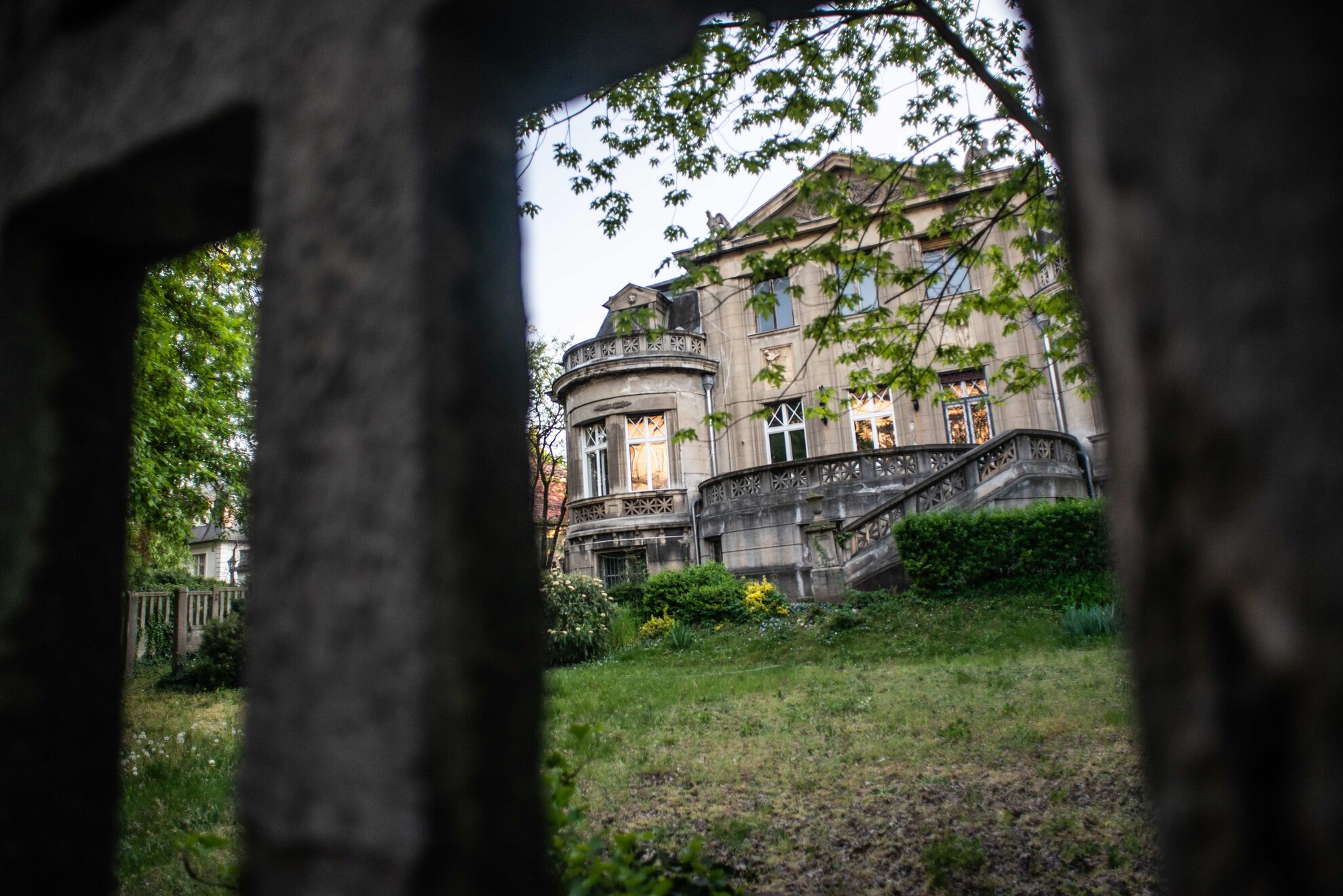
The Paulheim villa lurking behind decorated concrete fences on Ilka utca is another one of our all-time favourites. Ferenc Paulheim was Budapest’s former chief architect who lived here, and was the brains behind the beautiful villa quarter in Mátyásföld. The neighbouring building on Ilka utca 57 also deserves a mention, as this recently renovated, vibrant Art-Nouveau structure currently functions as a section of a children’s hospital.
The milliner’s villa – Ida utca 4
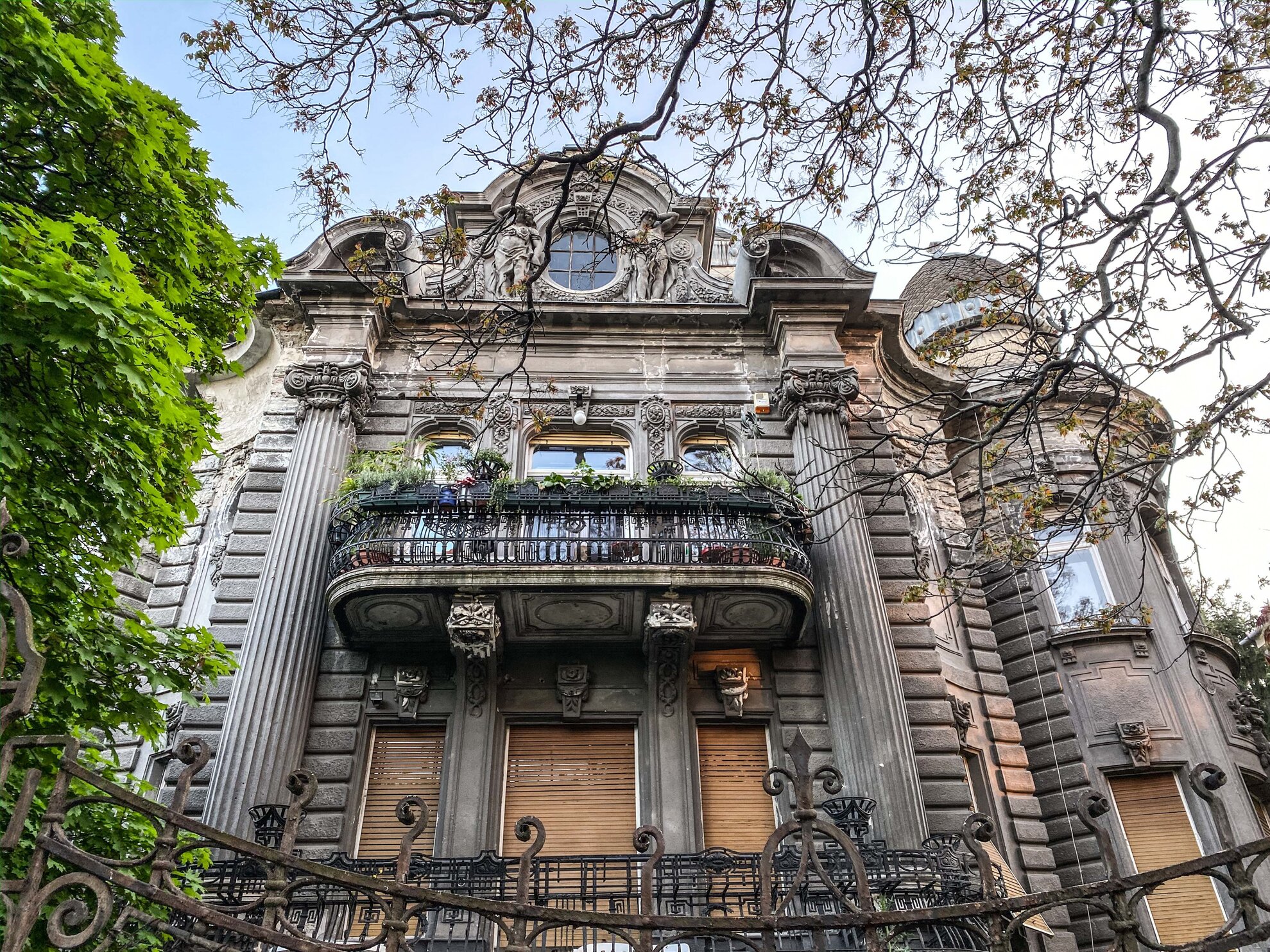
The building found at the corner of Ida utca and Hermina út broadcasts the extravagant style, wealth and social standing of its first owner. Hat manufacturer Gyula Gyukits commissioned the villa for himself and his family close to his factory on Gizella út, and every detail alludes to his profession – even the dome is shaped in the form of a hat.
A fantasy in pink – Hermina út 47
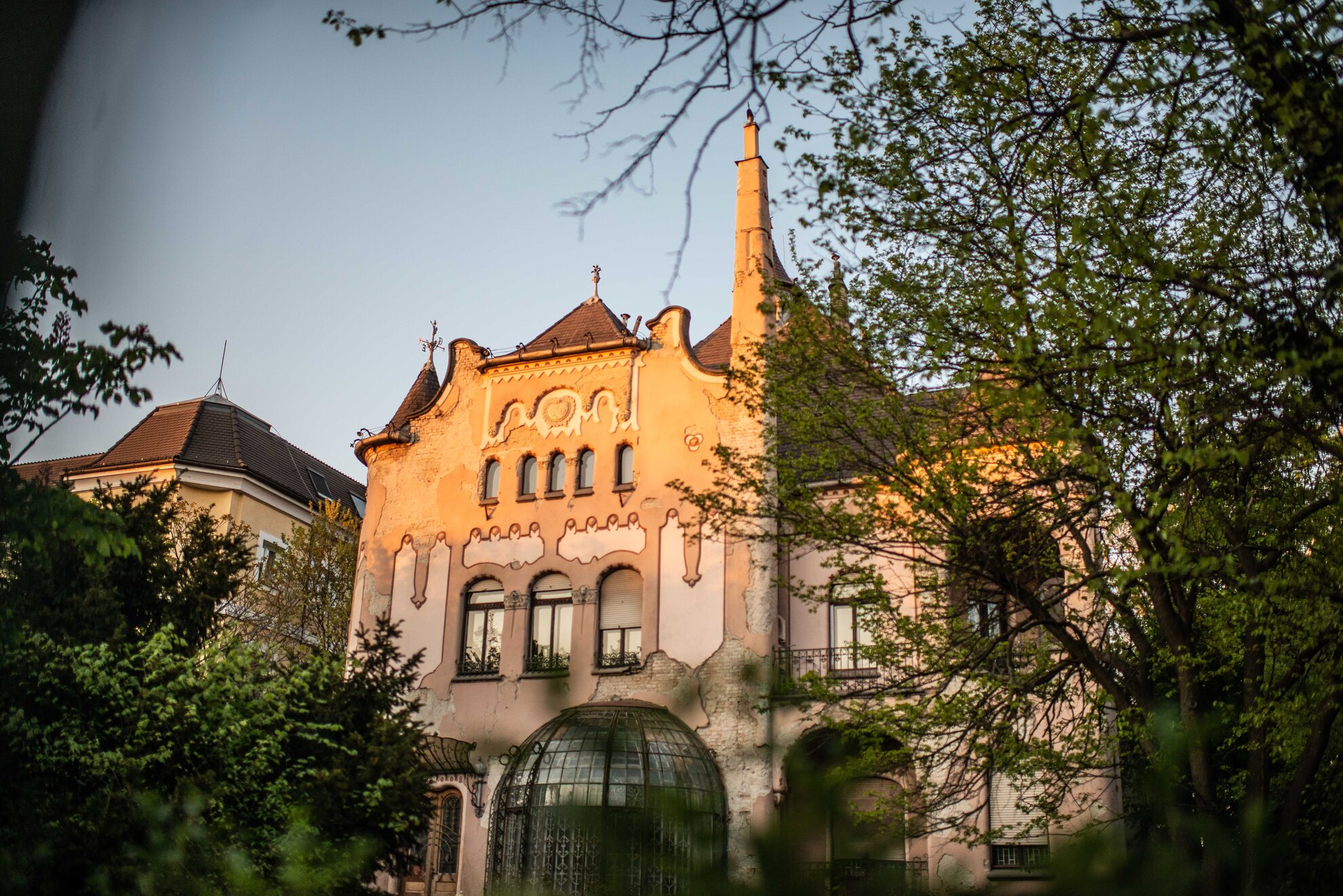
This elegant building was created for the lord-lieutenant of Zala County, Béla Balás, in 1905. It was designed by Ödön Lechner and two of his students, and was seen by the architect as the most marvellous of his creations. The dynamic yet soft, lace-like façade that peaks out from the garden creates the villa’s romantic feel for the villa.
As bequeathed in the will of the previous owners, the larger part of the building’s value upon resale went to supporting Budapest’s blind community, and it is currently hosting the headquarters of their national association. Although strictly speaking the building is not within Istvánmező, it deserves an honorary mention as it’s always a worthy little detour when sightseeing in the area.
